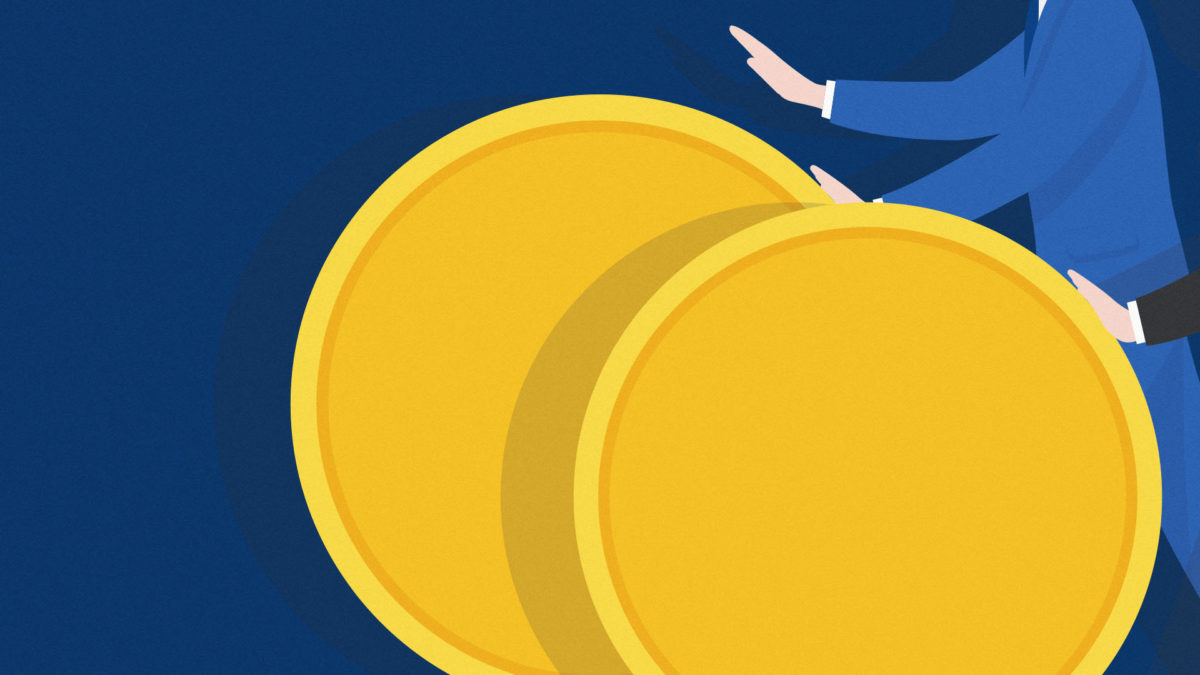Fed, Treasury, and SEC are plotting to overthrow stablecoins with CBDC

Stablecoins continue to draw scrutiny from regulators, including the US Treasury and the Securities and Exchange Commission (SEC).
A ton of government-backed research on the topic is in the works. Whether those reports provide enough clarity to keep them legal as is remains to be seen.
So far, Treasury officials have pushed their own oversight framework for stablecoins. Meanwhile, the US Federal Reserve nears its deadline for a massive digital dollar research update.
The long-awaited Fed paper — underway since May and overdue since August — is expected to draw battle lines between private stablecoins and a possible US central bank digital currency (CBDC).
The Fed has not yet promised to mint a CBDC, but it is actively researching the possibility.
This week, Fed chair Jerome Powell promised imminent publication of his stablecoin research, while reiterating his top priority: ensuring the US payments system remains “stable and trustworthy.”
“We’re working proactively to evaluate whether to issue a CBDC and, if so, in what form,” said Powell during a press conference this week.
Its implementation would require “clear and tangible benefits that outweigh any costs and risks,” he added.
Given its pre-eminence, the Fed has substantial time to consider whether a CBDC counterpart to the US dollar (USD) is necessary.
After all, USD is the world’s reserve currency and denominates the overwhelming majority of global trade (88% of foreign exchange and 44% of all cross-border commerce).
Powell doesn’t feel rushed, claiming it’s far more important to “do it right.”
Fed chair considers crypto useless with a CBDC
Stablecoins are privately-issued blockchain assets pegged to another asset — often USD or gold.
However, they’re often secretive and considered susceptible to bank runs. In particular, Tether (USDT) has vocal critics on Capitol Hill.
SEC chair Gary Gensler recently compared stablecoins to “poker chips at a casino” in a Washington Post interview.
Gensler also considers many stablecoins unregistered securities and investment companies, per his Aspen Forum speech and similar remarks to the American Bar Association.
The Fed’s Powell has also derided stablecoins. During testimony before Congress, he alleged they’d be altogether unnecessary if a government-backed digital coin were available.
“You wouldn’t need stablecoins,” he said. “You wouldn’t need cryptocurrencies if you had a digital US currency.”
Powell remains concerned about the lack of regulation for stablecoins: “We need an appropriate framework, which frankly, we don’t have.”
Treasury Secretary Janet Yellen has also poo-pooed cryptocurrencies.
They’re used to “launder the profits of online drug traffickers” and “finance terrorism,” Yellen said in February.
Stablecoins have supporters
Nevertheless, popularity of private stablecoins (and CBDCs) continues to grow.
In fact, stablecoins quadrupled in market capitalization from $30 billion to over $120 billion this year alone.
- In testimony before Congress, Dartmouth College economics professor Andrew Levin cited possible CBDC benefits to small businesses. Small businesses pay high payment processing fees, which could reduce under a CBDC regime.
- Fed Governor Randal Quarles made the case for stablecoins in a speech at the June 2021 Utah Bankers Association convention. According to Quarles, private stablecoins could protect USD hegemony for a lower cost than government-administered CBDCs.
- US Rep French Hill cited the need to remain competitive with China when introducing his 21st Century Dollar Act. “China is playing a long game to displace the dollar and our capital market system with a global economy that has China as the center,” he said.
Read more [Canada’s largest markets watchdog banned Tether — is USDT a security?]
But discussions around CBDCs aren’t exclusive to the US.
China, for example, plans to release its digital renminbi in time for the Beijing Winter Olympics in February 2022. India expects trials for a digital rupee by December.
Other countries have already minted CBDCs, including the Bahamas’ Sand Dollar ⏤ already live nationwide and pegged one-to-one with USD.
Follow us on Twitter for more informed crypto news.
